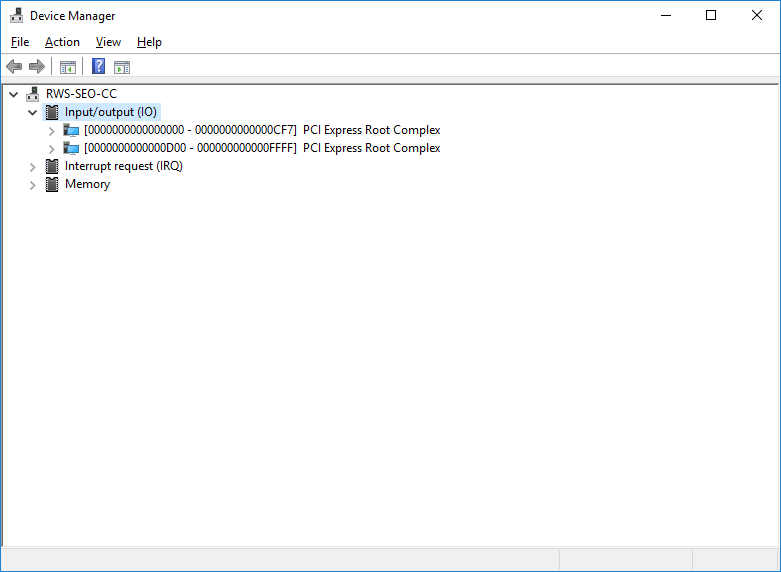Rate this article: 



 (5 votes, average: 4.20)
(5 votes, average: 4.20)




 (5 votes, average: 4.20)
(5 votes, average: 4.20)Today, we’ll answer one of the most common questions we get: “What port does SSL use?” Or, to put it other way that people ask: what are some of the most common SSL certificate port numbers that are used?” And the answer is none. SSL/TLS does not itself use any port — HTTPS uses port 443.
That might sound kind of snooty, but there’s an important distinction to be made there. Think of SSL/TLS as more of a facilitator. It enables other protocols, like HTTPS or DNS over TLS. Now, each one of those uses a dedicated port, but SSL/TLS itself is not exclusive to either of those.
Still, this is an industry built on colloquialism. We still refer to TLS certificates as SSL certificates. So, it’s not uncommon to see 443 listed as the “SSL certificate port 443.” Just keep in mind that when someone refers to an SSL certificate port number, they’re actually referring to HTTPS.
For some of you, that might be all that you need to know. Others might be asking, “what the hell is a port?”
In addition to being a Portuguese concoction that is the black coffee of red wine, ports also refer to memory addresses that software use to communicate with hardware. There’s an alternative definition that refers to the physical holes that wires are connected to on devices. That’s not the definition we’re working with, in this case — we’re referring to I/O addresses.
You know how when you go to the courthouse… bad example. You know how amusement parks use lines to divide people up by the attraction they want to visit? Without those lines, it’d just be a mess of people all heading in different directions and things would get confusing… this isn’t a 1:1 comparison, but ports kind of function the same way. They organize the data as it’s being sent. HTTP traffic uses port 80. HTTPS traffic uses port 443, which is why it’s sometimes referred to as SSL certificate port 443. FTP? Port 21.
Professionals divide internet connections into four layers (or seven, if you’re using OSI — the metric to our imperial). Porting occurs on the transport layer. It’s one of the most important components of speeding up a connection. There are 65,535 ports in all, numbered 0000h to FFFFh. Right now, you may be wondering, “those aren’t numbers…” To which we respond, “yes they are. You just can’t count that high.”
Assuming this numerical truth bomb hasn’t sent you spiraling into an existential crisis, let’s quickly discuss how you can check the ports on your computer.

| Port # | Function |
| 80 | HTTP |
| 443 | SSL |
| 21 | FTP |
| 990 | FTPs |
| 22 | SFTP / SSH |
| 3306 | MySQL |
| Port # | Function |
| 110 | POP – Incoming |
| 995 | POP SSL – Incoming |
| 143 | IMAP – Incoming |
| 993 | IMAP SSL – Incoming |
| 25, 80, 3535 | SMTP – Outgoing |
| 465 | SMTP SSL – Outgoing |
![]()
If you’re looking for a basic SSL certificate that provides strong encryption for your website, Comodo’s Positive SSL is the best value.
Buy A Positive SSL – 84% Off